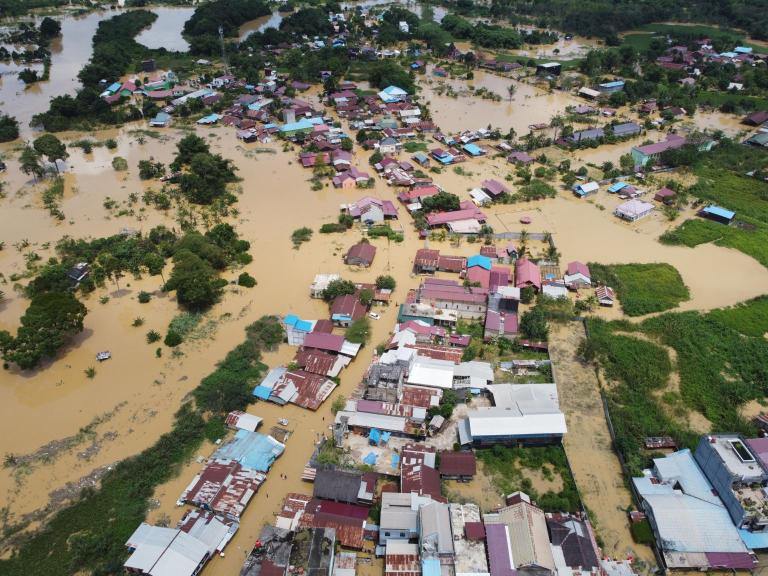
Region V: South-West Pacific

Over the past 50 years, the region has suffered 1,493 disasters, causing 66,951 deaths and $185.8 billion in economic losses. Tropical cyclones are the leading cause of these fatalities. The Southeast Asia sub-region includes countries like Malaysia and Indonesia, while the Pacific sub-region consists of Australia, New Zealand, and 14 Small Island Developing States. These islands are particularly vulnerable due to their low capacity for meteorological services.
Warming oceans and rising sea levels exacerbate these risks, especially for low-lying islands and coastal populations. To address these challenges, WMO collaborates with partners like the United Nations Office for Disaster Risk Reduction (UNDRR), the International Telecommunication Union (ITU), the International Federation of Red Cross and Red Crescent Societies (IFRC) as well as the UN Economic and Social Commission for Asia and the Pacific (ESCAP) to enhance Members’ early warning systems. Regional climate reports backed by scientific and socioeconomic data are aiding in policy formulation to build resilience against the escalating impacts of climate change.
Projects in the region
WMO Offices in the region
WMO Representative Office for the South-West Pacific (SWP)
WMO Regional Office for Asia and the South-West Pacific
36 Kim Chuan Road,
Singapore 537054
Singapore
Email: rap wmo [dot] int (rap[at]wmo[dot]int)
wmo [dot] int (rap[at]wmo[dot]int)

